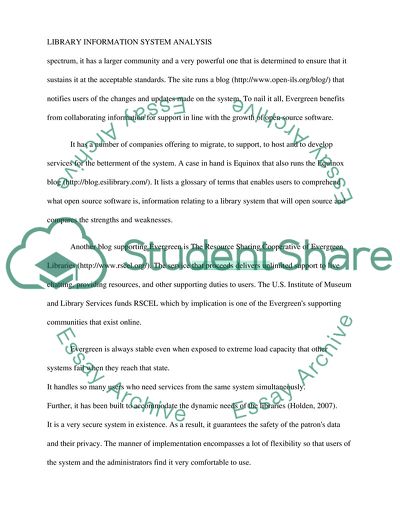Cite this document
(Library Information System Analysis Case Study Example | Topics and Well Written Essays - 1500 words, n.d.)
Library Information System Analysis Case Study Example | Topics and Well Written Essays - 1500 words. https://studentshare.org/information-technology/1858767-library-information-system-analysis-equinox-evergreen
Library Information System Analysis Case Study Example | Topics and Well Written Essays - 1500 words. https://studentshare.org/information-technology/1858767-library-information-system-analysis-equinox-evergreen
(Library Information System Analysis Case Study Example | Topics and Well Written Essays - 1500 Words)
Library Information System Analysis Case Study Example | Topics and Well Written Essays - 1500 Words. https://studentshare.org/information-technology/1858767-library-information-system-analysis-equinox-evergreen.
Library Information System Analysis Case Study Example | Topics and Well Written Essays - 1500 Words. https://studentshare.org/information-technology/1858767-library-information-system-analysis-equinox-evergreen.
“Library Information System Analysis Case Study Example | Topics and Well Written Essays - 1500 Words”. https://studentshare.org/information-technology/1858767-library-information-system-analysis-equinox-evergreen.


